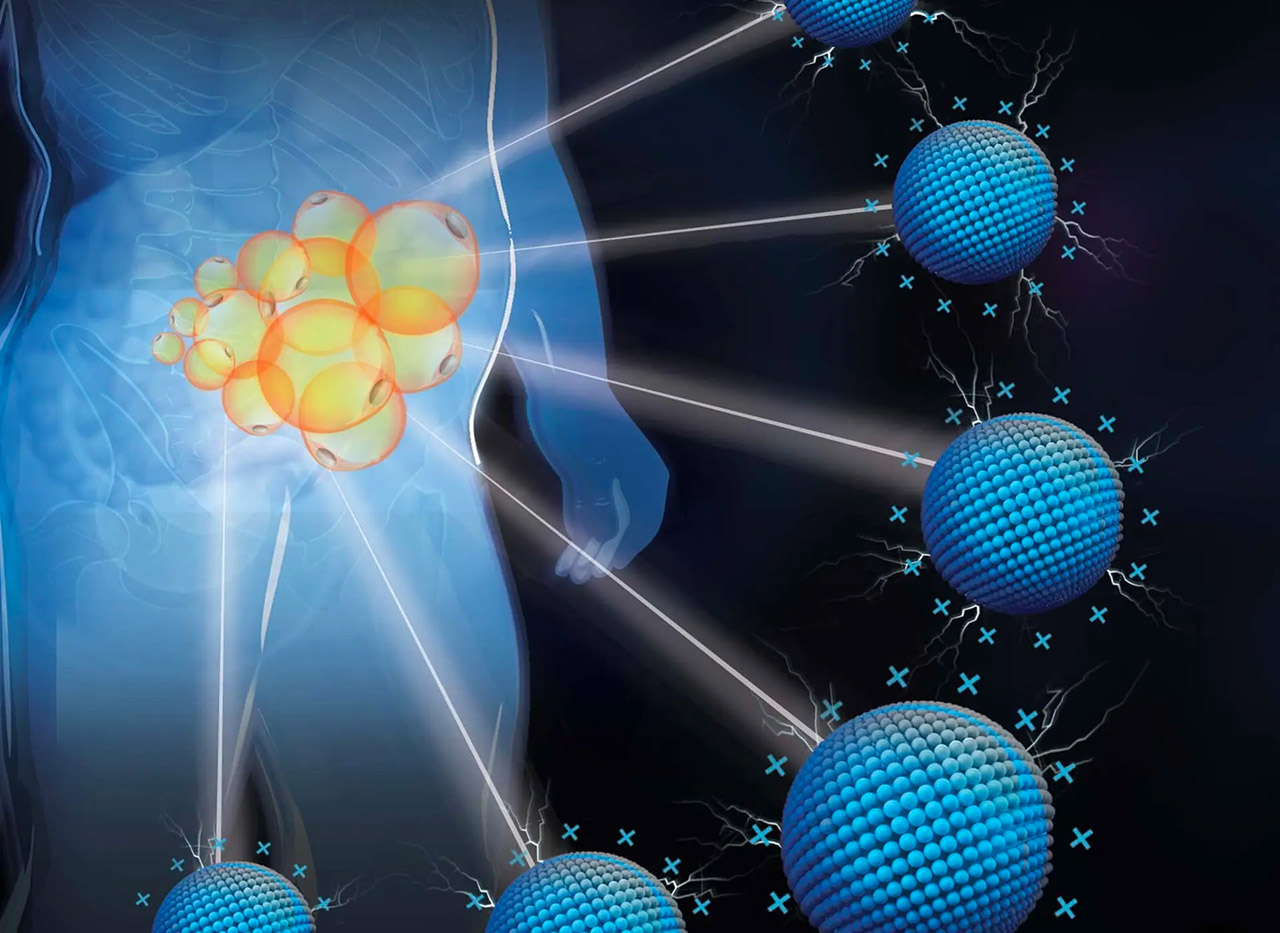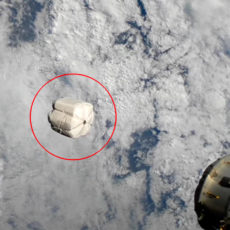
Columbia Engineering and Columbia University Irving Medical Center (CUIMC) researchers have discovered that positively charged nanomaterials may be used to target specific fat cell depots anywhere in the body. More specifically, it would target the visceral fat, or the kind that produces potbellies and subcutaneous fat, which creates chin jowls, arm fat, etc.

The researchers used a positively charged nanomaterial, PAMAM generation 3 (P-G3), and injected it into obese mice. This nanomaterial then quickly spread throughout the tissue and found that they were successful at specifically targeting visceral fat. P-G3 then shut off the lipid storage program in fat cells and the mice actually lost weight, an unexpected result, especially since P-G3 is known to neutralize negatively charged pathogens, such as DNA/RNA cell debris, to alleviate inflammation.
- [7400mWh (2000mAh) POWER BANK WILL KEEP DEVICES POWERED] The FosPower FOSPWB-2376 emergency radio incorporates a 7400mWh (2000mAh) power bank capable...
- [3 POWER SOURCES POWER WHEN YOU NEED IT] Use the emergency weather radio's 3 power sources when you need a boost of power or need to recharge the...
- [2 LIGHT SOURCES ALWAYS POWERED] The emergency crank radio can also provide light. The 4 LED reading light and 1W flashlight provides enough output to...

Our approach is unique–It departs from the pharmacological or surgical approaches. We used cationic charge to rejuvenate healthy fat cells, a technique no one has ever used to treat obesity. I think this novel strategy will open the door to healthier and safer reduction of fat,” said Li Qiang, associate professor of pathology and cell biology at CUIMC.






